Is Green Tea Acidic or Alkaline? (Interesting Facts!)
Green tea is popular in Asia and all parts of the world due to its aromatic smell and bittersweet taste. For those who do not like coffee, this is a good alternative.
However, if you are a fan of tea but are also having problems taking in acidic foods, you need to know if green tea is acidic or not. After all, it is always best to know what you are consuming.
If excessively consumed, acidic foods and drinks can cause health problems, including dental issues, weakening of bones and muscles, and kidney stones. There’s nothing to be alarmed about, though, so long as you don’t consume too many acidic foods.
Read on to know if green tea is acidic or alkaline and some of the most interesting facts about this well-loved drink.
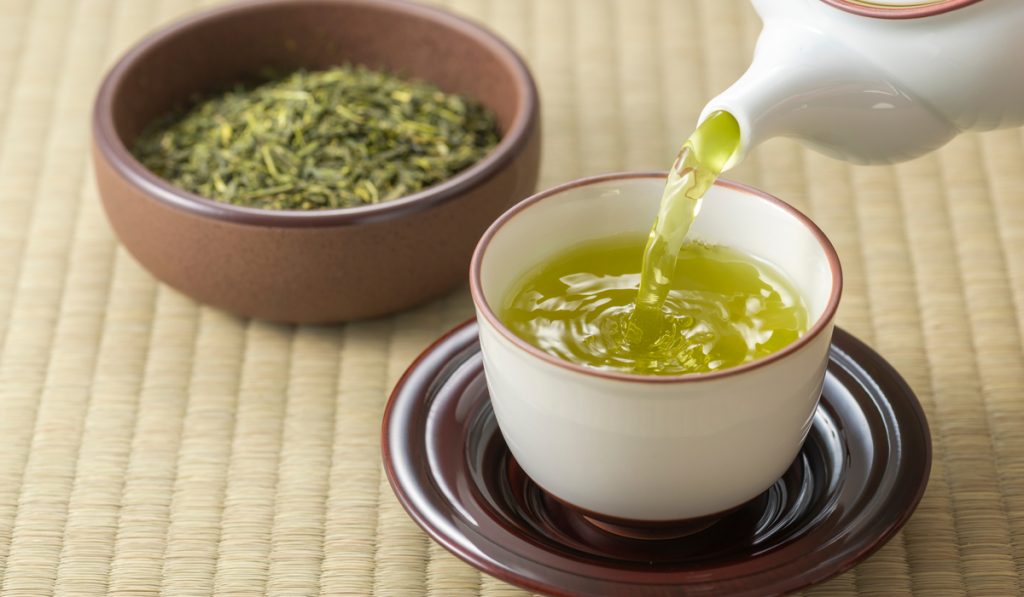
Table of Contents
Is Green Tea Acidic or Alkaline?
In its purest form, green tea has a pH level above 7.2. This means that green tea is alkaline and not acidic. However, keep in mind that specific brews make green tea acidic, such as green tea with blackberry or green tea with jasmine.
Acidic vs. Alkaline
To help you understand better, let’s quickly tackle the acidity and alkalinity in tea.
The pH scale measures and identifies the acidity level of liquids, compounds, solutions, soils, and many other things.
On the left side of the scale, you will see numbers 1, 2, 3 and 4, which signifies acidic. Going towards the middle is number 5 and 6, which indicates less acidic. The center of the scale is 7 – this is the only reading that is neutral. Heading towards the right of the pH scale are numbers 8 to 14, which means alkaline.
Basically, anything below 7 is considered acidic, and anything that goes higher is considered alkaline.
Why Is Green Tea Not Acidic?
Green tea is not acidic for the same reason that leafy vegetables, broccoli, cauliflower, celery, and green beans are not acidic – fresh green vegetation is used to make its brew. Moreover, the leaves used in making green tea thrive in healthy, non-acidic soil, making it non-acidic by nature.
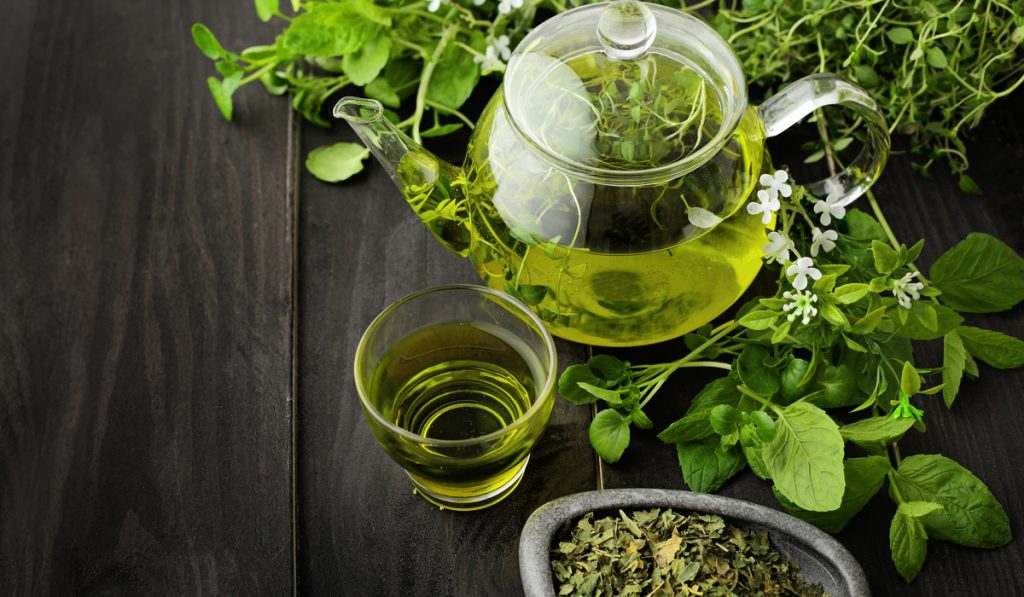
Which Teas Are Acidic?
So, if green tea is alkaline, does it make other types of tea alkaline as well?
Black teas, for example, are generally considered to be acidic. Most black teas have a pH level that ranges between 5 and 6. This is because black teas can get fully oxidized, unlike green teas. They also contain more tannic acid than the latter. In addition, black teas are also commonly processed with other plants that are acidic in nature.
Black tea is allowed to oxidize fully and contains more tannic acid than green tea does. If it is prepared with other plants and flavorings, that makes it more acidic.
Meanwhile, herbal teas such as lemon tea are also considered acidic, with a pH level of 3. Blackberry and rosehip teas are considered acidic as well.
Here are other types of teas that are considered acidic:
- Assam Black Tea
- Breakfast Tea
- Ceylon Tea
- Darjeeling Tea
- Earl Gray Tea

Is Green Tea Better Than Black Tea?
Both green tea and black tea have excellent benefits for your body. However, if you suffer from GERD, acid reflux, heartburn and the like, you may want to have green tea instead of black.
It does not mean that black teas are bad for your body, however. As long as the tea is brewed correctly and not drunk excessively, the side effects of drinking it are very minimal, such as a mild stomach ache.

5 Health Benefits of Green Tea
1. Green tea is packed with healthy bioactive compounds
Aside from being a hydrating and calming drink, green tea contains several natural compounds, which make it a very healthy drink as well.
Polyphenols, which are known to reduce inflammation and help fight cancer, can be found in green tea. This drink also contains catechin known as epigallocatechin-3-gallate (EGCG). This is a natural antioxidant that prevents the damaging of cells and molecules in the body.
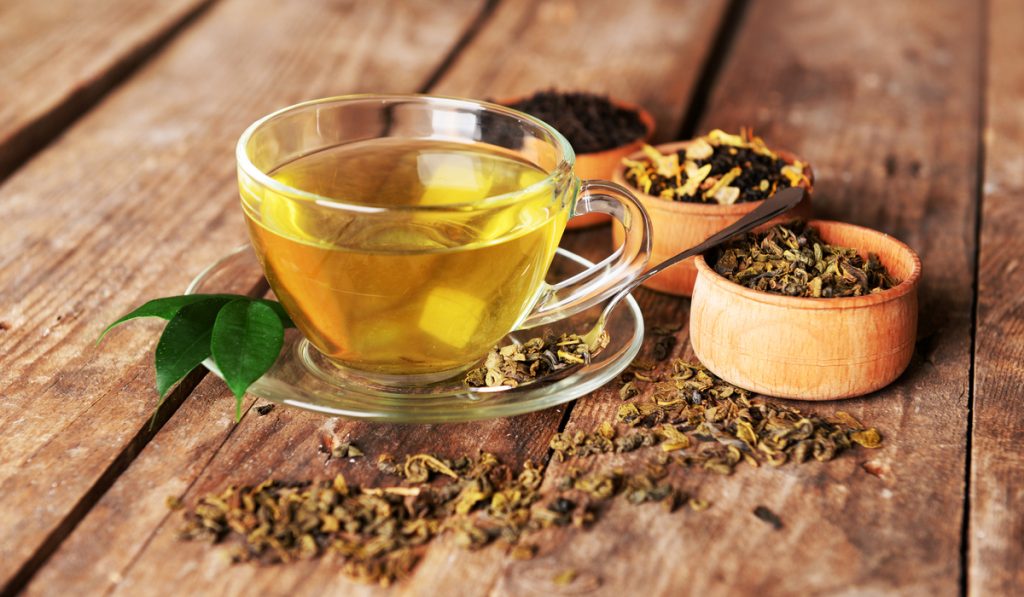
2. Green tea improves brain function
Like coffee, green tea also contains caffeine, a stimulant known to improve brain function. Although the caffeine found in green tea is not as high as those found in coffee, it is still enough to trigger a response without causing a nervous effect related to consuming too much caffeine.
Not only does it improve brain function, but caffeine also boosts a person’s mood, reaction time, memory, and vigilance. For this reason, most people claim that they have better energy and are more productive when they drink green tea instead of coffee.
3. Antioxidants in green tea may lower the risk of some cancers
Cancer is one of the top causes of death in the world. According to research, oxidative damage can result in chronic inflammation. Eventually, it will lead to development of chronic diseases, such as cancer. Because green tea is a great source of antioxidants, drinking it may help protect your body against oxidative damage.
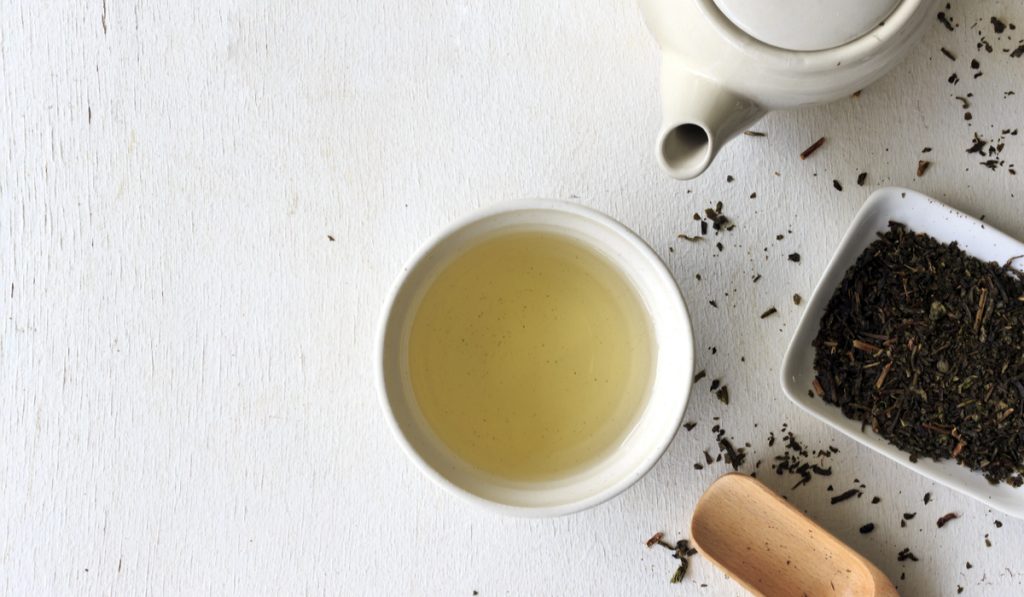
4. Green tea may help in weight loss
According to research, green tea may help weight loss because it increases fat burning and boosts metabolic rate.
Several studies showed that people in the green tea group experienced significant loss in body fat percentage, body weight, belly fat, and waist circumference. However, there are also studies that do not show changes in weight loss. So, further research is needed to confirm or deny this effect.
5. Green tea may help prevent cardiovascular disease
Cardiovascular diseases are the world’s leading cause of death. According to research, green tea improves the ratio of good cholesterol and bad cholesterol, which helps in reducing the risk of getting heart disease, stroke, and other cardiovascular diseases.
In fact, people who regularly drink green tea have up to 31% lower risk of expiring from cardiovascular diseases.
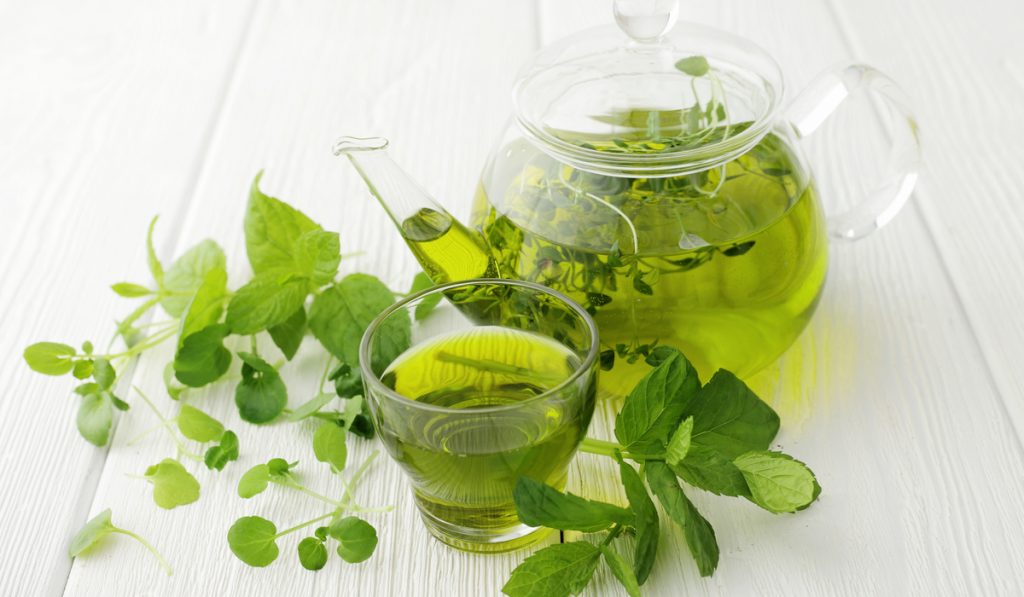
10 Interesting Facts about Green Tea
Aside from its health benefits, green teas also have interesting facts that might surprise you.
- Contrary to common belief, green tea comes from China and not Japan. According to a legend, Emperor Shen Nung discovered the tea in 2737 BC when tea leaves accidentally blew into and got brewed in his pot of hot water.
- Green tea comes from Camellia sinensis – the same plant used to make black tea and oolong tea. Despite coming from the same plant, green tea and black tea have different pH levels because of the way they are processed. Green tea does not undergo the fermentation process. Rather, they are dried and steamed at a high temperature.
- Based on research, regular consumption of green tea can help protect your body from common bacterial and viral infections due to the antioxidants that boost your immune system. These same antioxidants also neutralize harmful free radicals that may damage your skin and accelerate your aging process. Therefore, you’ll have healthier, young-looking skin!
- The slight bitterness that you taste in green tea is because of tannins – a type of antioxidant beneficial for your health.
- Green tea helps boost the ratio of good and bad cholesterol in your body.
- Green tea should not taste very bitter. There’s a hint of bitterness, yes, but if the bitter taste is too much, it might be because it was not brewed properly.
- You do not need special equipment to brew green tea, such as fancy pots and bowls. A kettle will do so long as you know how to brew correctly.
- Green tea helps improve your mood because of L-theanine – an amino acid that serves as a relaxant. This amino acid also helps to absorb caffeine in your body moderately. Therefore, you do not need to worry about crashing your energy level, which happens when you drink other caffeinated drinks.
- Green tea is not always green. Although there are green teas that appear green after brewing, some green teas may have a pale yellow color. So, don’t think that there is something wrong with your green tea if it appears to be yellowish.
- Some people leave their green tea bags or leaves in their cups or teapot. However, this practice is wrong because leaving green tea bags or leaving them in water for more than 5 minutes will make your cup of tea extremely bitter. Instead, it is advisable to allow your tea bag to steep in the water for no longer than 3 minutes.
Final Thoughts
Green tea is not acidic in nature, but other types are. This is especially true if green tea is brewed with citrus fruits. There’s no need to worry, though, about consuming acidic tea as it will not cause significant problems so long as it is not consumed excessively and as long as you’re not already acidic.
If you have already given up coffee, green tea is a good alternative. Not only will it boost your brain function, but there are also many health benefits of green tea compared to other caffeinated drinks.
Resources
- https://www.letsdrinktea.com/is-green-tea-acidic/
- https://recipemarker.com/is-green-tea-acidic-learn-facts-and-benefits/
- http://www.chaiyotea.com/top-10-green-tea-facts-thatll-surprise-you-history-benefits/
- https://www.tetley.in/blogs/5-surprising-facts-about-green-tea
- https://www.healthline.com/nutrition/top-10-evidence-based-health-benefits-of-green-tea#The-bottom-line







